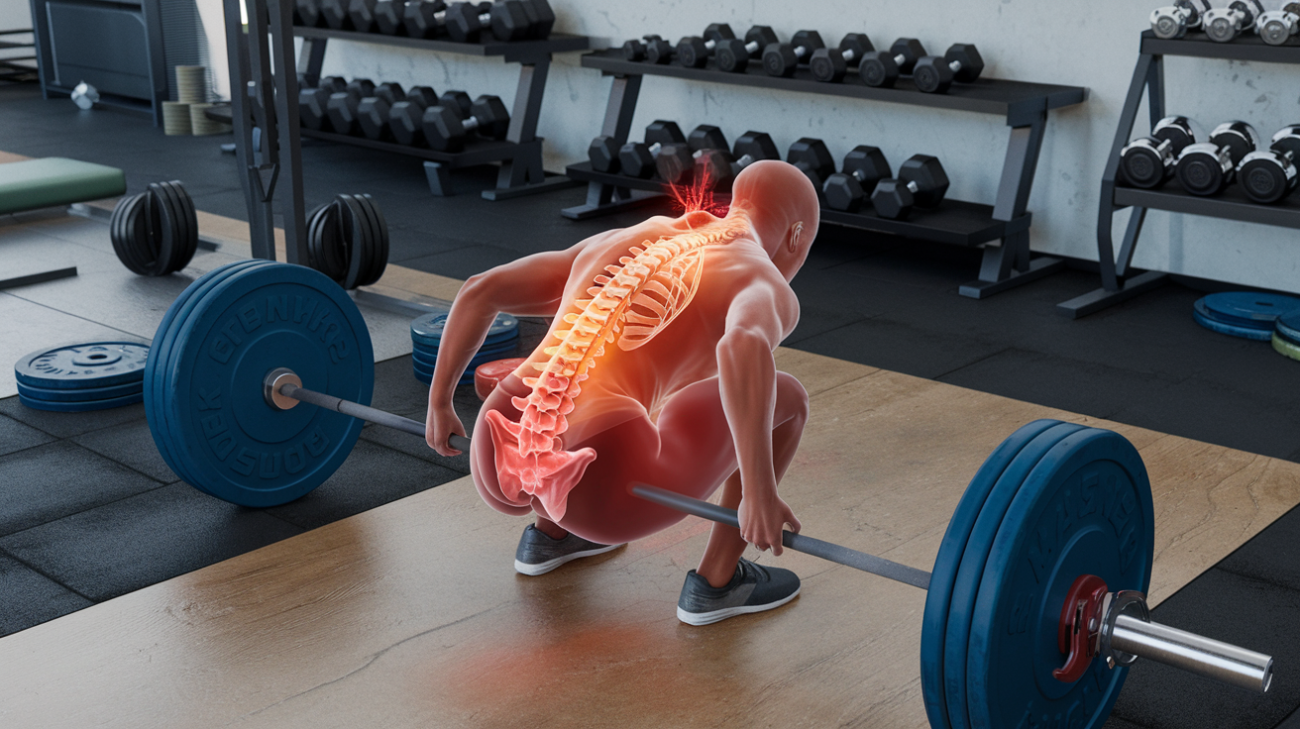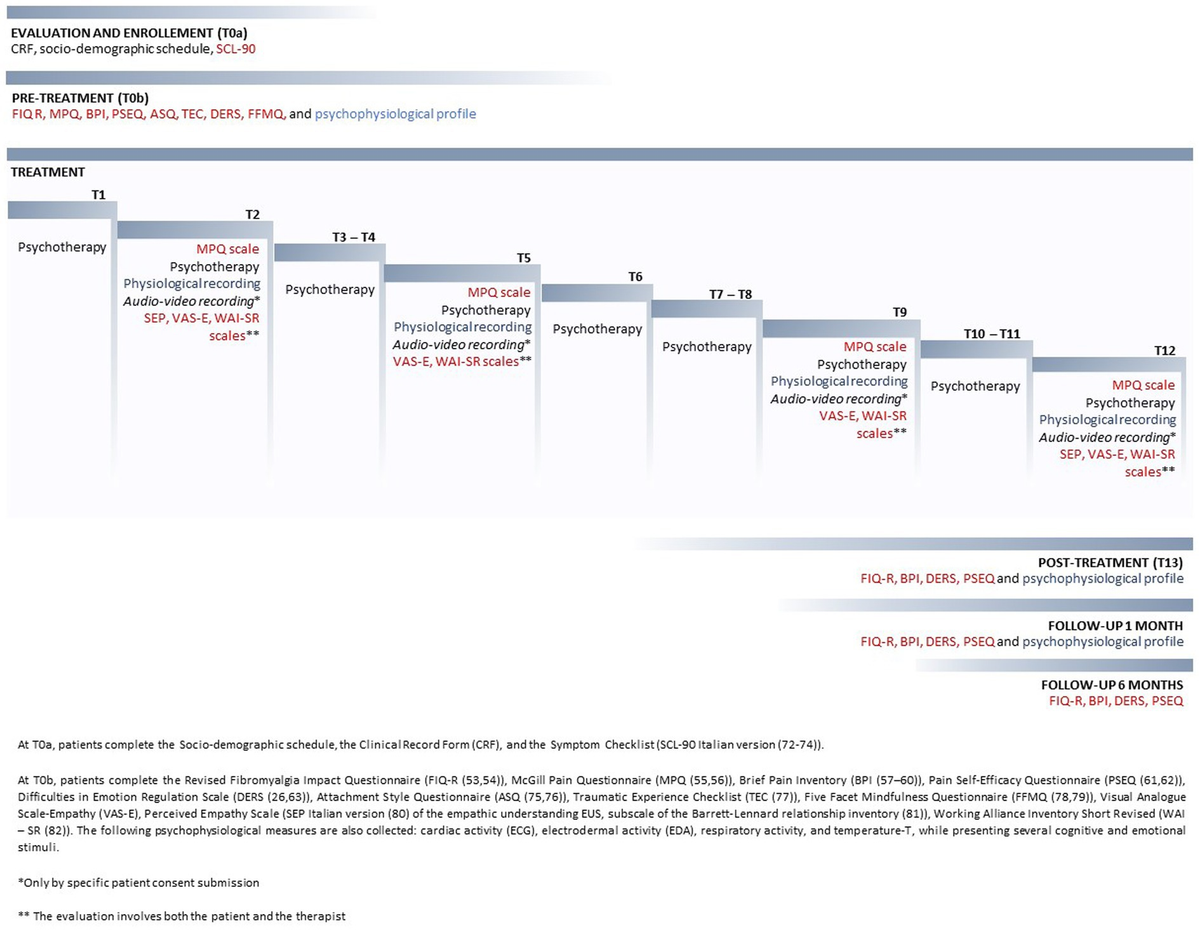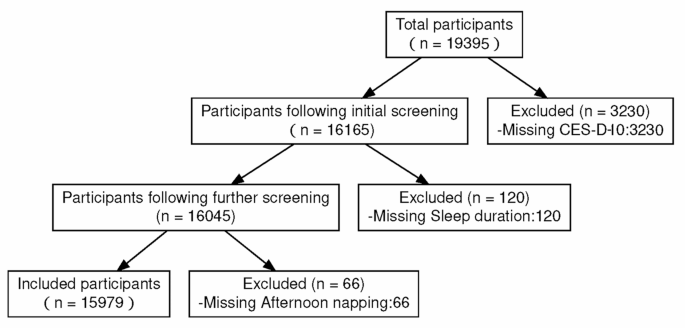Content Warning: This blog post discusses chronic pain and associated psychosocial factors.
The Surprising Link Between Chronic Pain and Mental Health

This new study examined the relationship between pain intensity, psychosocial factors like depression and anxiety, and pain-related disability in over 4,000 individuals with chronic pain. The findings shed light on the complex interplay between physical and mental health, with important implications for improving pain management. Read on to discover the unexpected insights uncovered by this large-scale analysis.
Chronic back pain is the leading cause of disability worldwide, affecting millions and significantly impacting quality of life and productivity. In a study of 4,285 patients with chronic pain, researchers examined the relationship between pain intensity, psychosocial factors, and pain-related disability. They found that higher pain intensity is often associated with increased levels of psychological distress, such as depression and anxiety, as well as reduced social functioning. Psychosocial factors, including pain catastrophizing (exaggerated negative thoughts about pain) and fear-avoidance behaviors, also played a crucial role in predicting disability levels, indicating that effective chronic pain management should address both physical and psychological aspects to improve patient outcomes.
Chronic low back pain not only impairs quality of life but also contributes significantly to financial hardship for both individuals and society. It is a primary driver of lost productivity and disability-related costs, with affected individuals often facing reduced earnings due to limited work capacity or long-term unemployment. The financial strain extends beyond direct medical expenses, as many patients require ongoing treatments, medications, and sometimes costly rehabilitation or surgical interventions. Indirect costs, including lost wages, family burden, and decreased economic contribution, compound the issue, creating a cycle of financial instability that can be challenging for both patients and healthcare systems to manage.
Loss on Income Calculator Focused on Chronic Low Back Pain
Loss of Income Calculator for Chronic Low Back Pain
Estimate your potential income and benefits loss due to chronic low back pain affecting your work.
Here are some tools that can help manage chronic low back pain while recuperating at home:
Heat/cold therapy – Using heating pads, ice packs, or hot baths to reduce inflammation and ease muscle tension. Gentle stretching and exercise – Low-impact activities like walking, yoga, or physical therapy exercises to improve mobility and strength. Relaxation techniques – Meditation, deep breathing, progressive muscle relaxation to manage stress and pain. Over-the-counter pain medications – Acetaminophen, ibuprofen, or naproxen to alleviate pain. Lumbar support cushions – Using pillows or specialized cushions to maintain good posture and spinal alignment. Ergonomic furniture – Adjustable chairs, stand-up desks, or mattresses that provide proper back support. Mindfulness practices – Focusing on the present moment to shift attention away from pain.
Managing Chronic Low Back Pain: Tips, FAQs, and Resources
Chronic low back pain affects millions and can impact daily life and work. Here’s a guide to understanding pain management options, helpful resources, and frequently asked questions.
Disclaimer
This information is provided for educational purposes only and is not a substitute for professional medical advice. Consult with your healthcare provider before making any changes to your pain management plan.
Glossary
- Chronic low back pain: Persistent or recurrent pain in the lower back that lasts for 3 months or longer.
- Heat/cold therapy: The use of heat (e.g., heating pads) or cold (e.g., ice packs) to reduce inflammation and pain.
- Ergonomic furniture: Furniture designed to provide proper support and alignment for the body.
- Mindfulness: The practice of focusing one's attention on the present moment.
Frequently Asked Questions (FAQs)
1. How long should I use heat/cold therapy for my low back pain?
Generally, 15-20 minutes at a time, a few times per day. Avoid using heat or cold for too long, as this can cause skin irritation.
2. What type of exercise is best for chronic low back pain?
Low-impact exercises like walking, gentle yoga, and physical therapy exercises are often recommended. Avoid high-impact activities that could further aggravate your back.
3. How can ergonomic furniture help with low back pain?
Proper spinal alignment and support from ergonomic chairs, desks, and mattresses can reduce strain on the back muscles and joints.
4. Is taking over-the-counter pain medication safe for long-term use?
Over-the-counter pain relievers can be helpful, but you should consult your doctor about long-term use, as they can have side effects. Your doctor may recommend other medications or therapies.
5. How can mindfulness help manage chronic low back pain?
Mindfulness can help shift your focus away from pain, reduce stress and anxiety, and improve your overall well-being. Regular practice can complement other pain management techniques.
References and Resources
- Breivik, H., Collett, B., Ventafridda, V., Cohen, R., & Gallacher, D. (2006). Survey of chronic pain in Europe: Prevalence, impact on daily life, and treatment. Eur. J. Pain, 10, 287–333. PubMed
- Landmark, T. et al. (2013). Chronic pain: One year prevalence and associated characteristics (the HUNT pain study). Scand. J. Pain, 4, 182–187. PubMed
- Hashmi, J. A. et al. (2013). Shape shifting pain: Chronification of back pain shifts brain representation from nociceptive to emotional circuits. Brain, 136, 2751–2768. PubMed, PubMed Central
- Merskey, H., & Bogduk, N. (1994). Classification of Chronic Pain. IASP Press. Google Scholar
- World Health Organization. (2022). International Classification of Diseases, 11th Revision (ICD-11). WHO ICD-11
- Valentin, G. H. et al. (2016). Prognostic factors for disability and sick leave in patients with subacute non-malignant pain: A systematic review of cohort studies. BMJ Open, 6, e007616. PubMed, PubMed Central
- Oslo University Hospital. (2020). Elektronisk kartlegging—OUS Smerteregister.
- Munk, A., Jacobsen, H. B., & Reme, S. E. (2022). Coping expectancies and disability across the new ICD-11 chronic pain categories: A large-scale registry study. Eur. J. Pain, 26, 1510–1522. PubMed, PubMed Central
- Martinez-Calderon, J., Jensen, M. P., Morales-Asencio, J. M., & Luque-Suarez, A. (2019). Pain catastrophizing and function in individuals with chronic musculoskeletal pain: A systematic review and meta-analysis. Clin. J. Pain, 35, 279–293. PubMed
Reference
Landmark, L., Sunde, H. F., Fors, E. A., Kennair, L. E. O., Sayadian, A., Backelin, C., & Reme, S. E. (2024). Associations between pain intensity, psychosocial factors, and pain-related disability in 4285 patients with chronic pain. Scientific Reports, 14(1). https://doi.org/10.1038/s41598-024-64059-8
Abstract
This study investigated the relationships between pain intensity, psychosocial factors, and pain-related disability in over 4,285 chronic pain patients. The findings revealed significant associations between all examined psychosocial variables (e.g., pain catastrophizing, psychological distress, sleep problems) and pain-related disability, even after accounting for demographic factors. Notably, sleep problems and pain intensity emerged as the strongest predictors of pain-related disability within the study's multiple regression model.
Keywords
chronic pain, pain intensity, psychosocial factors, pain-related disability, pain catastrophizing, psychological distress, perceived injustice, insomnia, fatigue, self-efficacy
Additional Information
- Data source: Oslo University Hospital Pain Registry
Disclaimer:
The information provided on this blog is for informational purposes only and should not be considered as medical advice. Always consult with a qualified healthcare professional for any health concerns.
Affiliate Links:
This blog may contain affiliate links. This means that if you click on a link and make a purchase, we may receive a small commission at no extra cost to you. This helps support the blog and allows us to continue providing valuable content.












